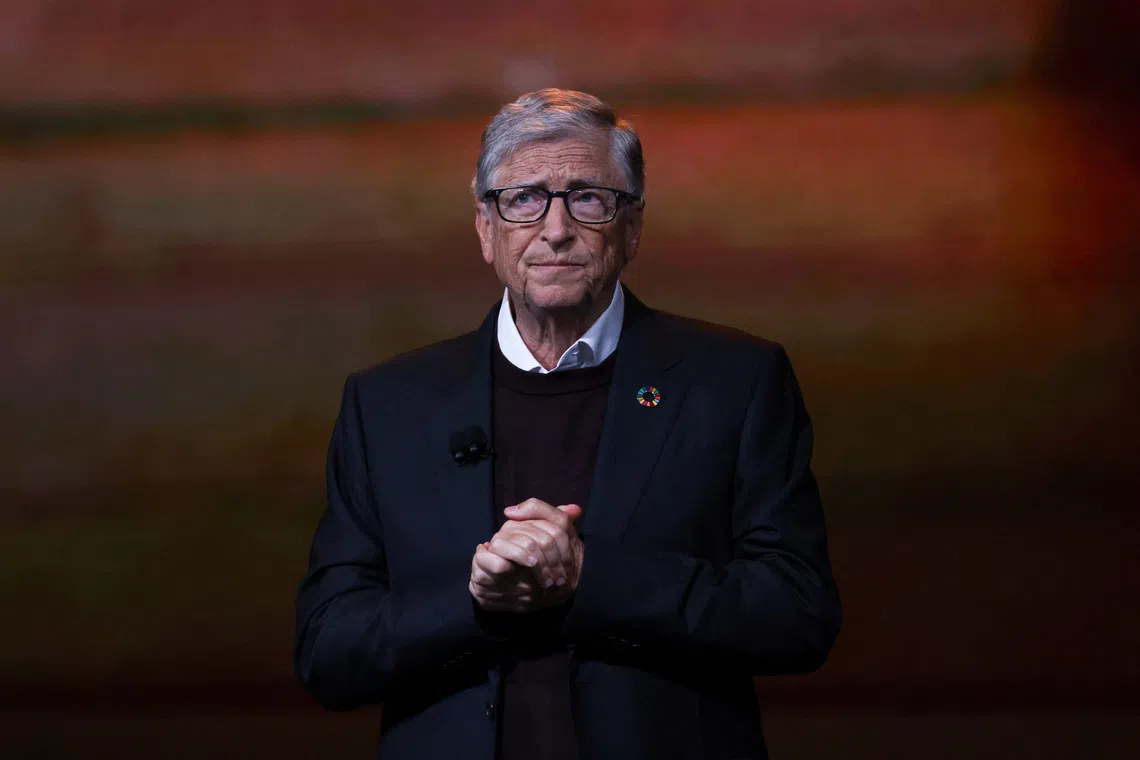Nearly 20 Percent Fewer International Students Traveled to the U.S. in August
The data shows the steepest decline in August international student arrivals since the pandemic.
The number of international students arriving in the U.S. in August fell by 19 percent this year compared with last year — the largest decline on record outside of the pandemic.
International student arrivals to the U.S. in August
The decline is occurring as the Trump administration has delayed visa processing, instituted travel bans or restrictions for 19 countries, threatened to deport international students for pro-Palestinian speech, and heightened the vetting of student visa applicants.
The data, based on arrival records of international student visitors, includes both new international students entering the U.S. and existing international students returning to the country. That means we don’t know the number of new students alone.
But in the past, August arrivals have been a reasonably good indicator of fall enrollment. Most international students arrive in August, in time for the fall semester, as they can’t enter the country more than 30 days before their programs begin.
And a separate federal database tracking international students tells a similar story. It shows that the increase in the total number of international students was 23 percent smaller this fall, compared with the same period last year. Because this number accounts for both new students and recent graduates, it also points to a decline in the numbers of new students.
Though the actual enrollment numbers aren’t known yet, the travel data offers an early sign of international student trends, and how they vary among countries and regions.
A large drop in students arriving from Asia
The United States hosts the most international students of any country: about 1.3 million doctorate, master’s, bachelor’s and associate students, according to recent government data.
Over 70 percent are from Asia, and Asian students also make up the largest share of travelers in the data. This year, the number of Asian students arriving in the U.S. in August fell by 24 percent — the lowest August numbers on record outside of the pandemic.
August international student arrivals from…
Asia
China
India
South Korea
Nearly one in three U.S. international students are Indian. The number of international students arriving from India already started to decline last year. But this August, it dropped by an additional 44 percent, following prolonged delays in processing student visas.
About one in five U.S. international students are from China. Since the pandemic’s end, fewer Chinese students have enrolled in U.S. universities, following heightened tensions between the U.S. and China. This August, the numbers of arriving Chinese students continued to decline.
The number of students arriving from Europe stayed mostly the same
Students from Europe make up about 7 percent of U.S. international students. But they made up about 16 percent of international student arrivals in August. Their arrival numbers stayed roughly similar to those of the past year.
August international student arrivals from…
Europe
Spain
United Kingdom
Germany
There were more students arriving from Britain, and slight declines in the numbers of students from Spain and Germany. The largest drop in European student visitors was from Russia, which has had strained relations with the U.S.
Declines from Africa, the Middle East and South America
Students from Africa also make up about 7 percent of international students in the U.S. Their arrival numbers fell in August by nearly a third.
August international student arrivals from…
Africa
Nigeria
Ghana
Kenya
The shares of students arriving from Ghana and Nigeria fell by nearly half in August.
In July, the U.S. placed tighter rules on many categories of visas for citizens of Ghana, Nigeria, Ethiopia and Cameroon. These visas now allow a single entry to the U.S. and are valid for three months (student visas typically allow multiple entries and are valid for many years). In September, the U.S. reversed these restrictions for Ghana, after the country agreed to accept people deported from the U.S.
The data also shows a decade-long decline in students arriving from the Middle East, who made up roughly 5 percent of all international students in 2024, driven largely by a drop in students from Saudi Arabia.
August international student arrivals from…
Middle East
Saudi Arabia
Turkey
Kuwait
The number of students arriving from South America (about 6 percent of international students) also showed a decline this year, despite student travel having been relatively steady aside from the pandemic.
August international student arrivals from…
South America
Brazil
Colombia
Peru
The data captures travel from many countries, but not all. The number of students arriving from Canada and over land from Mexico, for example, are released on a two-month lag. And for many countries, the number of international students who come to the U.S. is small. But overall, fewer students arrived in August from most countries in the data. You can explore more below:
Change in international student arrivals
Between August 2024 and August 2025. Click on a circle or search for more details.
Avg. change
-19.1%
International student arrivals
Click on a region for more details
| Place of residence | Aug. 2024 | Aug. 2025 | Change |
|---|---|---|---|
Asia | 250,740 | 191,179 | -24% |
Europe | 51,439 | 50,548 | -2% |
Middle East | 22,896 | 18,917 | -17% |
South America | 22,183 | 19,769 | -11% |
Africa | 16,965 | 11,456 | -32% |
Caribbean | 7,124 | 6,468 | -9% |
Mexico (excluding arrivals on land) | 6,361 | 5,719 | -10% |
Central America | 5,555 | 5,336 | -4% |
Oceania | 3,677 | 3,746 | +2% |
| Total | 386,940 | 313,138 | -19% |
Reasons for the decline
Why did fewer international students arrive in the U.S. this August? Here are a few possibilities:
1. Visa delays
Many international students have had difficulty obtaining student visas this year. In late May, the State Department paused student visa interviews for three weeks during the peak period that these visas are issued.
When interviews resumed, there were wait times of months to secure an interview at some consulates. As a result, some students may not have been able to obtain a visa in time for the fall semester.
It’s not clear yet how many student visas were issued over the summer — the State Department reports this data on a lag. But the data from May shows a 22 percent drop in F-1 student visa issuances (the most common type of student visa), compared with the previous May.
2. Travel bans
In June, the State Department also instituted a travel ban or visa restrictions for citizens of 19 countries, which further limited student travel.
Iran is one of the countries with a travel ban. The travel data shows that the number of arriving Iranian students dropped by 86 percent this August — the largest decline for any country in the data this year.
August international student arrivals from…
Iran
Data from SEVIS showed that the fall spike in international student enrollment from countries with a travel ban was nearly 70 percent smaller this year.
3. Increased uncertainty
With the Trump administration’s approach to immigration, some foreign students may view the U.S. as a less welcoming or reliable option for study.
Consider these events: In March, the government began detaining and attempting to deport international students, in a crackdown on pro-Palestinian activism. (In a recent ruling, a federal court said the Trump administration acted unconstitutionally in trying to deport foreign students for their pro-Palestinian advocacy.)
In April, the State Department abruptly canceled more than 1,500 student visas, and later restored their legal status. In May, the State Department said that it would “aggressively revoke visas for Chinese students.” In June, it instructed student visa applicants to make their social media profiles public for “a comprehensive and thorough vetting.”
All this may have led some students to opt to study in countries with fewer restrictions. A survey by the Institute of International Education found visa delays, difficulties entering the U.S. and the possibility of visa revocations among the top reasons that colleges expect a decline in their international student enrollment.
“The problem isn’t that the students have lost confidence in the quality of U.S. education. They have lost confidence in our administration’s commitment to international students,” said Fanta Aw, the C.E.O. of NAFSA: Association of International Educators, a nonprofit dedicated to international education.
4. Less travel overall
Some colleges have advised their currently enrolled international students to avoid international travel, such as going home for the summer, warning they may not be able to re-enter the U.S.
The data available so far combines new and existing student arrivals. So a decline may in part reflect a reluctance of existing international students to travel internationally over the summer. For now, these factors can’t be separated until more data arrives.
But the mix of problems for international students has led to what Professor Aw calls “a perfect storm.” Her organization has projected a 30 to 40 percent drop in new international student enrollment this fall, with a cost of nearly $7 billion to the economy.
“The impact of this is going to be felt long term,” she said.
What colleges may be affected?
The colleges that might be most affected by a decline in international students are generally not the most selective colleges, but ones that are the most dependent on these students, said Dick Startz, a professor of economics who analyzes trends in higher education.
Here are three kinds of colleges that could be the most affected:
1. STEM graduate programs
The majority of all international students in the U.S. are enrolled in graduate school, over 80 percent of whom are studying STEM (science, technology, engineering and math).
A Times analysis of recently released data from the Department of Education found at least 229 midsize or large in-person master’s programs where the majority of graduates were international. In 55 of those programs, all in STEM or legal fields, over 95 percent were international.
Master’s programs have had the largest growth in international students over the past five years, and these programs have also shown the largest decline in their growth this year, according to SEVIS data. At the University of Central Missouri, which graduated over 1,500 international master’s degree students in 2024, The Associated Press reported that new international student enrollment dropped by half.
Many teaching assistants and researchers in undergraduate laboratories and STEM programs are also international students, and a sustained drop in international students could make it harder to operate some of these programs.
2. Smaller arts schools, and Christian colleges
The undergraduate colleges with the highest shares of international students are disproportionately small art and design schools, music conservancies and Christian colleges.
An analysis by the credit rating agency Moody’s pointed out that some of these smaller specialty programs are at higher risk of insolvency if international students decline significantly. Inside Higher Ed has reported signs of decreased international enrollment at some of these colleges.
Niagara, a private Catholic university in western New York, reported a 45 percent drop in the number of students from outside of the United States and Canada this fall. In September, the university confirmed it had laid off staff members, according to reporting from The Niagara Gazette.
And DePaul, a private Catholic university in Chicago, reported a 62 percent decline in new international graduate student enrollment, because of visa difficulties and a “declining desire for international students to study in the U.S.” In a letter to faculty and staff, the university president said to expect pay cuts, layoffs and a hiring freeze, as first reported by Reuters.
3. Flagship state schools
At many state schools, international students pay considerably higher tuition than in-state residents. A drop in international enrollment could be a financial burden to these colleges, as well as to the local economies that benefit from the students’ presence.
For example, Ohio State reported in September that its enrollment of new international students dropped by 314 students, or nearly 38 percent. And at Indiana University, new international student enrollment fell by 443 students, or 30 percent, across all of its campuses.
What’s next?
Experts say a sustained drop in the numbers of international students could diminish American competitiveness in science and engineering.
Nearly three-quarters of international students who receive a doctorate in science and engineering stay and work in the country after they graduate, and over 40 percent of all doctorate-level scientists and engineers in the U.S. are born outside the country. The newly instituted $100,000 fee for H-1B work visas is likely to further reduce the flow of STEM workers.
The data so far offers an early indicator of trends in international student enrollment, but it isn’t the complete picture. Over the coming months, enrollment data from colleges and the number of visas issued over the summer should allow better understanding of these trends.












